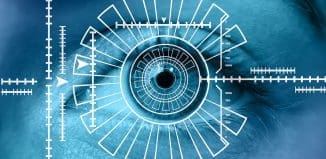Robots to pull wounded soldiers off battlefield
This post is also available in:  עברית (Hebrew)
עברית (Hebrew)
During battle, one of the problems of trying to save injured soldiers on the battlefield is the risk it poses to those trying to retrieve the wounded, oftentimes getting hurt themselves. Not only soldiers trying to reach their injured friends , but many medics have suffered such injuries while trying to treat soldiers injured during battle in the open field. Unmanned vehicles used to recover injured soldiers could be armored to protect those soldiers on their way home. But the vehicles could do more than just recover soldiers. With units operating forward, sometimes behind enemy lines, the medical community could use unmanned aerial vehicle systems, or UAVs, to provide support to them.
“We already use robots on the battlefield today to examine IEDs, to detonate them,” says Maj. Gen. Steve Jones, commander of the American Army Medical Department Center and School and chief of the Medical Corps. “With some minor adaptation, we could take that same technology and use it to extract casualties that are under fire. How many medics have we lost, or other soldiers, because they have gone in under fire to retrieve a casualty? We can use a robotics device for that.”
Other technologies could be used as well. Sensors that could monitor a soldier’s vital signs, for instance, might also one day make their way to the battlefield, being worn by soldiers full time. “Army Medical Research and Materiel Command is actually developing physiological sensors that soldiers can wear,” Jones said. “And in a few years, they will be able to field this. They can be wearing the sensors and we can just monitor them. And we can do that remotely.”
Jones also discussed the use of “GoPro” cameras on soldiers to document wounds and treatment that is administered. Such video, he said, can be transmitted real-time to follow-on treatment facilities where it can be used by physicians there to better understand exactly what treatment a soldier has already received. Additionally, such footage could be used to provide feedback to the medics who performed the initial care to help them improve their skills. The Army says it is doing something similar now, he said, through the use of medical simulators.





























